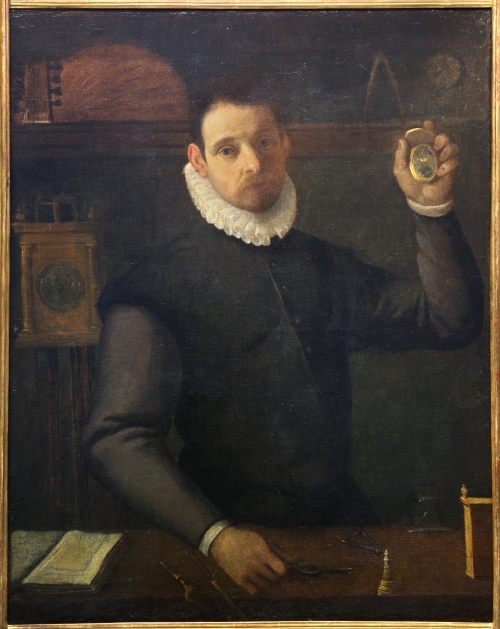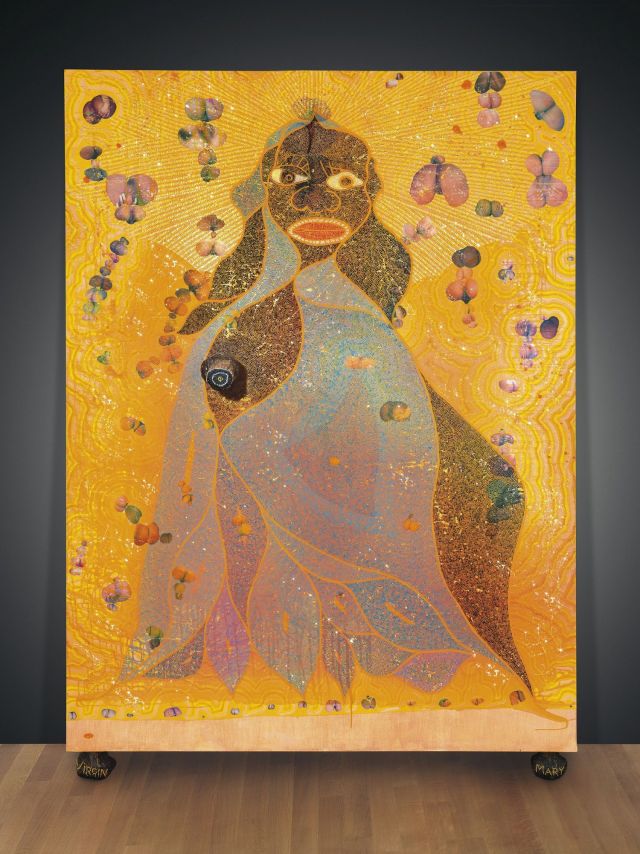For a moment, I’d like you, the reader, to imagine yourself as an artist. You are more than likely an intellectual, capable of viewing the world from a multitude of perspectives beyond that of the average person. Perhaps you are conservative in your work, meticulous in planning, and take months or years before revealing a finished piece. Or on the other hand, you may be an impulsive artist creating work quickly at the moment of inspiration. Your creations could be abstract and entirely subjective, or they might be straightforward and clear in their message. Consumers of art might describe your pieces as provocative, controversial, beautiful, offensive, regal, or dull among the countless opinions you would undoubtedly hear. The final aspect to consider would your media. Your art could take on the traditional form of paintings, sculptures, theater, and films; or maybe you have delved into more unorthodox forms like stimulation of the auditory and olfactory senses.
For the sake of simplicity and relevance, let’s focus on painting. The critical component to any painting is, as the word suggests, the paint. This could come in the form of either oils, pastels, water colors, or even menstrual blood. Yes, you read that correctly. On January 13th, 2017, a Romanian artist named Timea Pall completed a large painting of a human fetus using her menstrual blood. The 28-year-old woman collected her menstrual blood for months in order to complete her painting. Timea asserts her creation is symbolic of “the importance and fragility of motherhood.” Understandably, most of the initial reactions were ones of shock.
To be clear, I am not here to say menstruation is something to be disgusted by or embarrassed about. It is a perfectly natural and necessary part of human reproduction. Frankly, every man in the world should recognize that a woman’s ability to bring life into the world is nothing short of a beautiful miracle. However, I believe it is entirely justified to have some questions about this work of art. Though not criminal in nature (at least to my knowledge), the use of menstrual blood certainly raises some red flags, no pun intended. Are there any health risks associated with saving menstrual blood for months at a time to then be used as paint? It is a collection of dead tissue and red blood cells which would certainly be a breeding ground for bacteria. Additionally, does this create further barriers to getting the art displayed and communicating its message?
Despite some backlash, Timea continues to stand behind her work. She continues to reinforce the metaphorical meaning that the “periodic elimintation of my ovum with menstrual flow…[gives] birth to something:” her art. Many people have still responded positively and claim what she is doing is truly moving and important. When doing more research on the topic, I learned women working for Buzzfeed did something similar. In response to Donald Trump’s comments regarding Megyn Kelly this past year, these women saved their menstrual blood for several months in jars in their fridges before using it to create art. Again, menstruation is nothing to be ashamed of, and the life-giving ability of women is amazing. But at what point can we say they overshot? If a man were to go paint pictures with saved sperm, would it be seen as equally empowering? At the end of the day, this art work isn’t harming anyone, but personally, I still find it difficult to take seriously.
#artist #performanceart #painting







